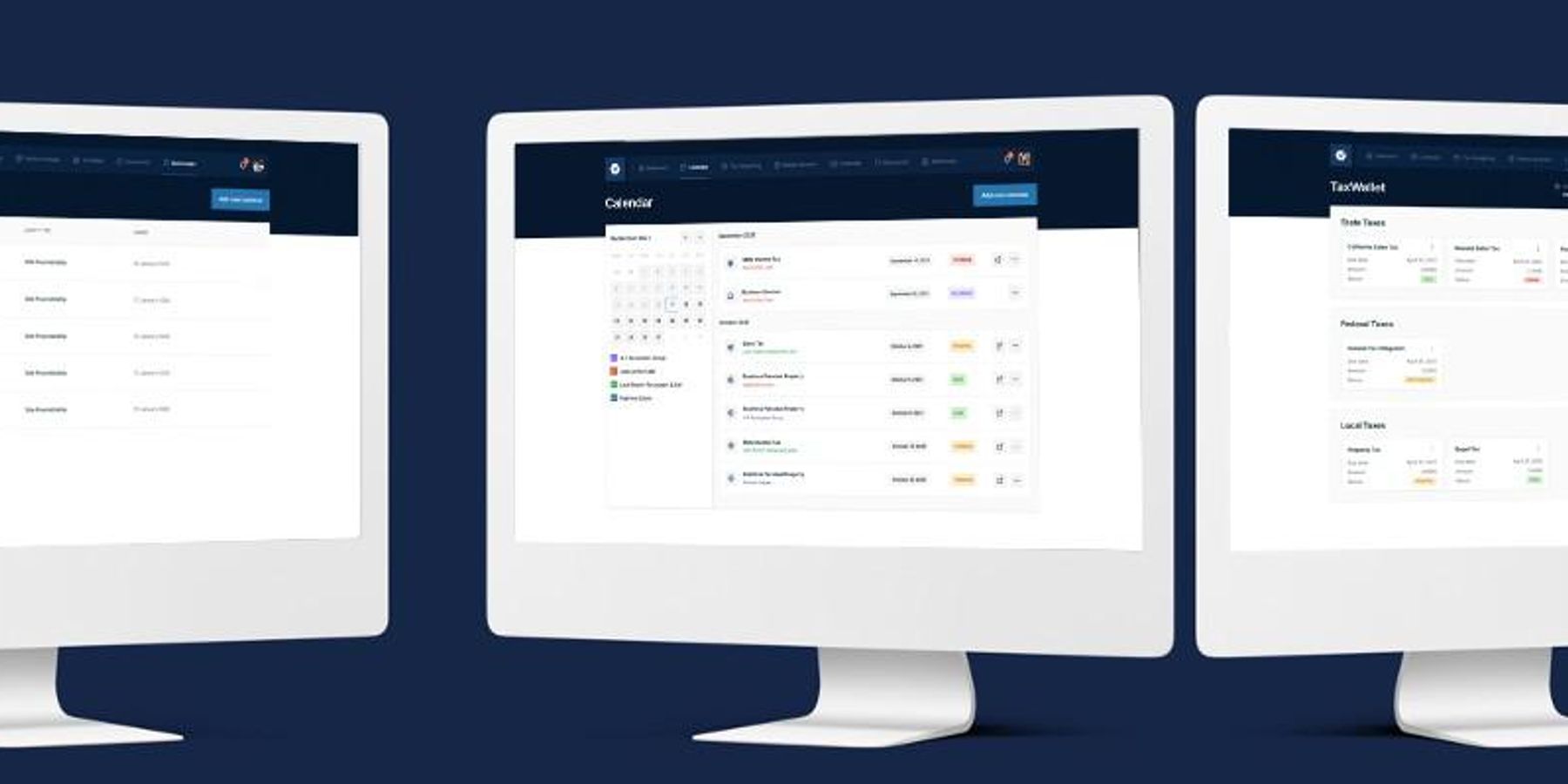
Sponsored: Reimagining a Jewelry Giant Online with Zoolatech
Skilled coders and programmers capable of designing and developing high-level solutions to complex problems remain in exceptionally high demand worldwide. While many tech companies are responding through an endless cycle of recruitment and training, bringing on pre-established third-party collaborators with specific expertise and expert teams of developers at the ready has become an increasingly popular approach.
For the past five years, the team at Zoolatech has been creating and building cutting-edge systems and platforms for clients around the globe, at a fraction of the cost that companies would spend to develop the same systems internally. The company expanded during the pandemic and lockdown, as demand jumped for fast and capable technological solutions built by teams working remotely from home, with an increased focus on powerful event-driven architecture. At this point, Zoola has collaborated with a number of companies on event-driven platforms capable of supporting a vast array of stakeholders and users.
Large Retailers chose to move to Event-driven platforms as they are a great way to streamline complex data processing tasks, automate recurring business processes, and easily integrate with existing applications and services.
They enable organizations to build applications that react in real-time to events, such as changes in data, user interactions, external data sources, and more.
This level of automation and flexibility can help improve customer experiences, optimize operations, enable better analytics, save maintenance costs. and create new revenue streams.- Roman Kaplun, Zoolatech CEO
Traditional online platforms, apps, and websites are what’s known as “request-driven.” This refers to a linear connection between a user and the system that processes their requests. For example, an end user shows up at a website, fills out a registration form, and clicks ENTER. Their information is then sent to a registration service and processed; when completed, the service alerts the client’s system and responds with the final result (for example, a “success!” message and a welcome e-mail).
These systems are relatively simple to design and run, and only require a light infrastructure, but their simplicity can also be a drawback. If the computer that processes registration requests is down, for example, the entire system collapses; the end user enters their information and is told that registration is currently unavailable, and they must try again later.
“Event-driven architecture,” on the other hand, refers to systems with more elaborate messaging and coordination functionality. Connected computers are not arranged in a linear row, waiting for prompts in order to take action; instead, events happen simultaneously system-wide and are individually managed on their own.
In our previous, straight-forward example, a user would register with a website, but rather than having to wait for the service on the other end to fully process their information and create a new account, their initial registration “request” exists as its own discrete individual event. They can sign up, enter their info, and the system will hold on to the data in a queue until the registration service at the other end is ready to process the information and return a successful message.
It’s much more challenging to design these kinds of event-driven systems, because of their innate complexity. With so many additional moving parts that function independently from one another, but also interact at key points in the process, there’s just a lot more infrastructure to be built out and stress-tested. Clear lines of communication and accurate data transfer between all these different functionalities and moving parts becomes extremely important.
The advantages, however, are numerous. On the most obvious level, individual parts of a system can crash or get tied up without sacrificing site-wide integrity or functionality. Some users can continue working unimpacted as coders work to restore the rest of the system. As well, systems operating in different markets, with different regulations or expectations, can interact and coordinate seamlessly, in real-time, without constant starting and stopping and waiting for fresh responses.
Benefits of Event-Driven vs Request-Driven Platforms
1. Increased scalability: Event-driven platforms can scale much better than request-driven platforms as they are designed to handle large volumes of events and can easily scale out to multiple nodes.
2. Improved performance: Event-driven platforms can quickly process data in real-time and deliver immediate results, making them more suitable for time-sensitive applications.
3. Reduced complexity: Event-driven platforms are less complex to develop and maintain than request-driven platforms, as they are designed to handle a large number of event types simultaneously.
4. Event-driven platforms provide a more flexible and modular architecture, allowing developers to easily add and remove features without having to re-architect the entire system.
5. Enhanced flexibility: Event-driven platforms offer more flexibility in terms of how data is processed and stored, allowing developers to quickly adapt to changing requirements.
6. Event-driven platforms are better suited for distributed systems, as they can propagate events across multiple services.
As an example of the versatility and efficiency of Zoolatech’s event-driven systems, let’s look at their work on behalf of historic European jewelry manufacturer Pandora. The company operates in over 60 countries on 6 continents, with more than 7,000 points of sale, and enters new territories and markets each year.
While traditionally a brick-and-mortar retailer, Pandora has moved much of its business online, and desired numerous points of contact with potential customers, including physical store locations and online sales through their website, with a high degree of customization. (For example, allowing customers to place orders online for pick-up in stores.) This meant a total overhaul of Pandora’s online presence, but without interrupting their daily operations across numerous markets, in various countries, all of them reflecting different functionality and regulatory needs.
Pandora’s pre-existing legacy architecture was dense, presenting developers with some unique challenges. Batch-based data exchanges with non-reusable data for each market required routine, complicated maintenance to prevent slow-downs, often by teams who were unaware of the work being down on other portions of the system.
The natural solution was to bring in the Zoolatech team to design a new event-driven platform, allowing Pandora executives to remain focused on their own core business, and leaving the complex technological solutions to outside experts.
In 2021 Pandora started its Digital transformation to improve its consumer personalization capabilities and develop a scalable platform to support the company's Phoenix growth strategy.
We needed a digital foundation that would bring together all of the various business processes which would allow us to operate in a digital manner end to end.
This required us to redesign our analytics and integration platform from a batch point to point solution to near real time events that can be re-used.
After an extensive assessment of several major service providers we selected Zoolatech due to their extensive track record in EDA and experience working with retailers. - Sunil Srivastava, Pandora CTO
Zoola’s goal was considerable: to improve the efficiency and accuracy of data exchange between Pandora’s third-party vendor systems, and ensure that the site continued to work well for end users and external contractors, many of them employing wildly different technologies on their side.
The company’s solution was a customized cloud-based new infrastructure, rooted in Apache Kafka open-source streaming technology, which serves as a cutting-edge integration hub. Zoolatech has created an infrastructure that could ultimately allow every point in Pandora’s system to access the same real-time data and “events,” increasing efficiency while also limiting discrepancies in data usage and wasteful, repeated processes that brought processing speed to a stand-still.
There are other tangential benefits as well. The system allows for high-level history tracking, making it easier to scan for individual events, standardize user experiences, maintain data quality control, track down individual problems, and fix bugs. A tokenization service also keeps sensitive data hidden, and can be customized to remain compliant with regulations across international markets.
The Zoolatech Team took a product centric approach with building the EDA integration platform and this has allowed us to quickly deliver value in a few months with the MVP product. Over many releases they have built an impressive track record of quality work on time and within budget.
They also leveraged their past experience and helped us accelerate adoption of the platform among stakeholders. We're in the second year of a five year digital transformation ; I'm thrilled and grateful to have Zoolatech as a strategic partner in this journey. - Sunil Srivastava, Pandora CTO
In addition to Pandora, Zoolatech has employed similar solutions for a variety of global partners, including a restaurant-themed social networking app, mobile device management solutions, a major luxury fashion retailer, construction management software, and a large US fintech company.
- Zoolatech Founder on Finding Talent Beyond Borders ›
- Roman Kaplun - dot.LA ›
- Zoolatech's Roman Kaplun on Running a Business In a War Zone ... ›



 Image Source: Perelel
Image Source: Perelel
